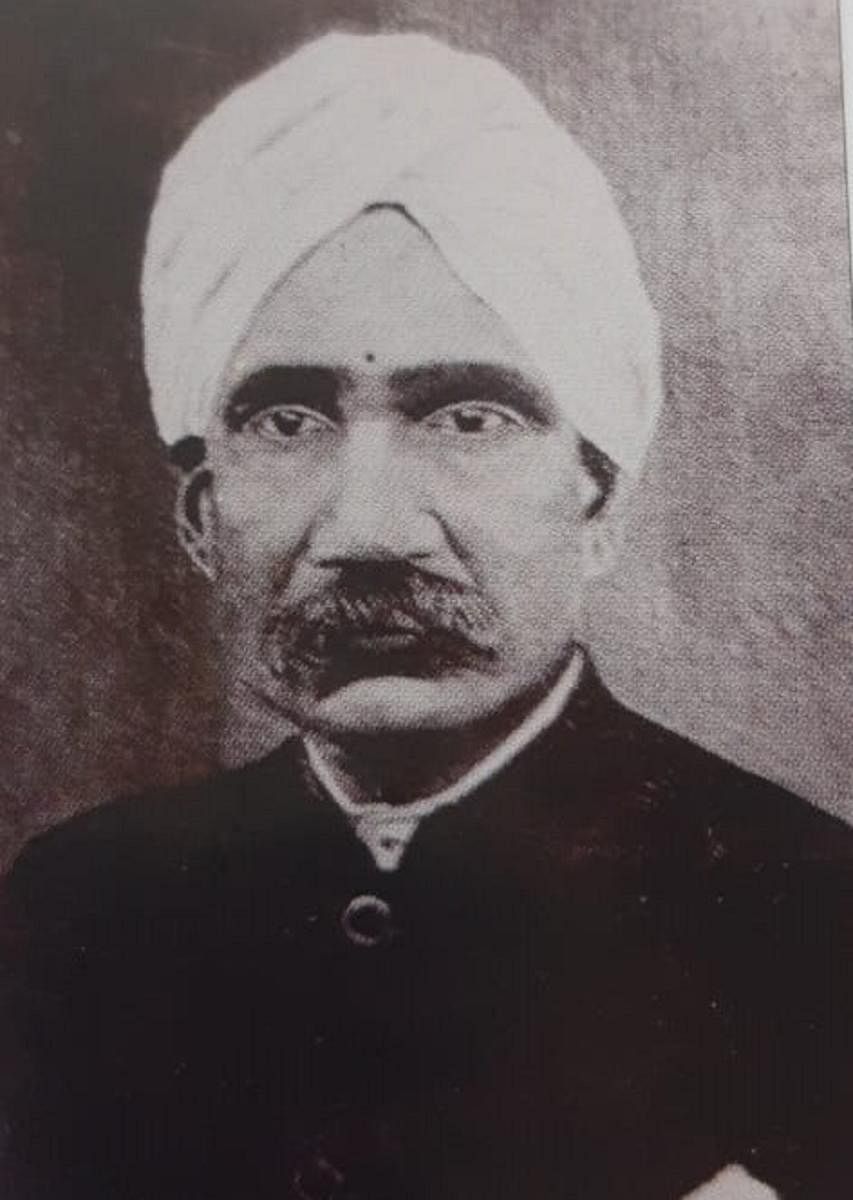
A good piece of art will stay relevant centuries after it is created. ‘Palandu Charitra’, a Yakshagana prasanga (plot) written by Kerodi Subba Rao way back in 1896, seems to prove this maxim, even as it attempts to navigate the question of class conflicts and highlights the need for coexistence.
This 125-year-old prasanga was last staged decades ago by Hostota Manjunath Bhagwat. The most recent performance of this piece, by the Kasaragod-based Siribagilu Venkapayya Samskrutika Pratishtana, in collaboration with the Kannada Natya Ranga, Hyderabad pushed the envelope further, by recording the performance and uploading it on YouTube.
“When I came to know about a rare prasanga, I thought of bringing it on stage but we could not perform it in public due to Covid-19,” says Ramakrishna Mayya Siribagilu, a Yakshagana Bhagavata (singer-director) who coordinated the latest performance. However, he added that the restrictions due to Covid-19 allowed the troupe to innovate and adapt to the digital age. “We could reach thousands of viewers across the world. In this way, this prasanga written a century ago has adapted itself to modern technology too.”
Though unconventional, non-mythological themes are not new to Yakshagana today, what makes this particular tale stand out for the time it was composed, is the plot. Lord Shiva narrates the story of the onion (Palandu in Sanskrit) to Goddess Parvati. Shiva’s telling of the story frames the action of the prasanga. The plot revolves around a conflict between the Onion and Mango (Chutaraja), representing the tubers and fruits and vegetables respectively, over the question of supremacy.
An egoistic Chutaraja boasts of his greatness and ridicules Palandu for he does not have much freedom, being under soil.
Both the contenders approach Lord Krishna for a resolution, who asks them to rest in his guest house for three days. As the days pass, the Chutaraja and his companions - the jackfruit, pumpkin, ash gourd and okra start decomposing, while the Palandu and his companions such as the radish, elephant yam and sweet potato, sprout green shoots. Krishna revives Chutaraja and enlightens him of his limitations. All fruits, vegetables and tubers are convinced that each living organism is distinct of its qualities, and no one is superior or inferior by nature.
“A Yakshagana prasanga becomes special because of the artistes. Though it has a simple plot, it spoke about the irrelevance of class conflict, feudal mindset, and the need for human coexistence since the artistes could find a unique message in it,” says scholar D S Shridhara.
The roles of Chutaraja and Palandu were performed by Radhakrishna Navada Madhur and Permude Jayaprakash Shetty respectively.
According to senior Yakshagana Talamaddale artiste Radhakrishna Kalchar, the performance was special because of the interpretations by the artistes, who made the story relevant to society today.
